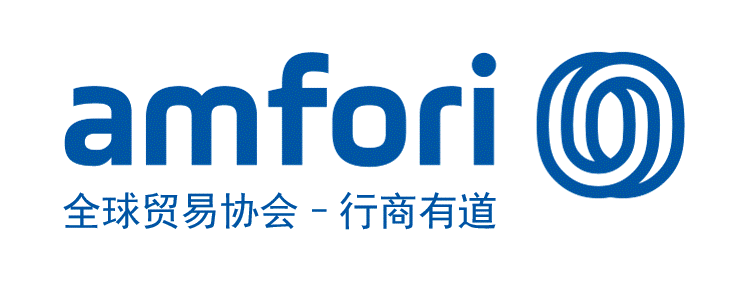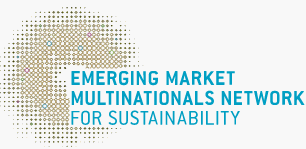China's world-leading green finance advances in depth
2022-04-29GoldenBeeGoldenBee0
"China is leading the world in green finance as its balance of green loans has reached RMB 16 trillion, ranking first in the world. Over the past six years, China has issued nearly RMB 2 trillion of green bonds, ranking second in the world." Ma Jun, director of the Green Finance Committee of China Society for Finance and Banking and president of Institute of Finance and Sustainability, disclosed these macro data at the 2022 Round Table Forum on Green Finance Facilitating Carbon Neutral Enterprises.
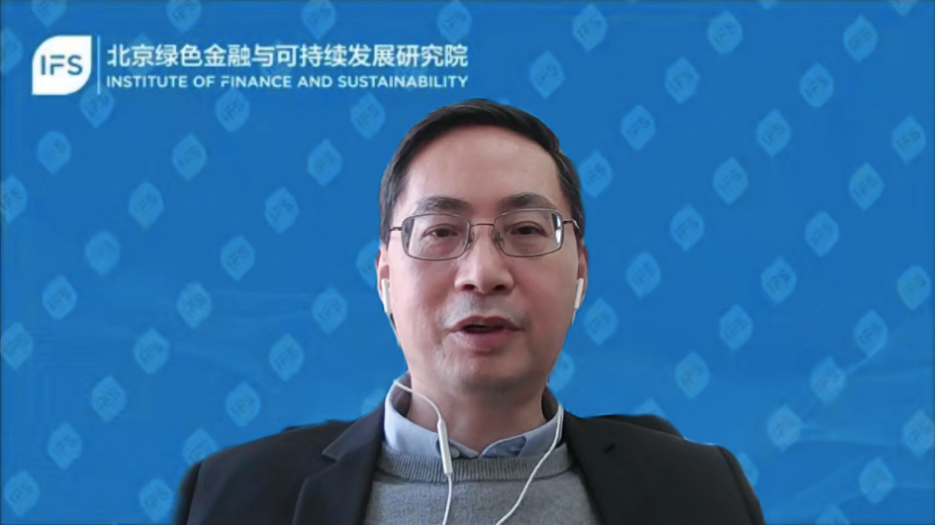
Jointly organized by China Champions for Climate Action (C Team), Society of Entrepreneurs and Ecology Conservation (SEE Conservation), and Beijing Entrepreneur Environmental Protection Foundation (SEE Foundation), the forum was held in Beijing on March 28, with the support of Vanke Foundation, GoldenBee Consulting and JRJ.com. The forum was livestreamed through JRJ.com, the official WeChat channel of C Team and the official Weibo account of SEE Conservation.
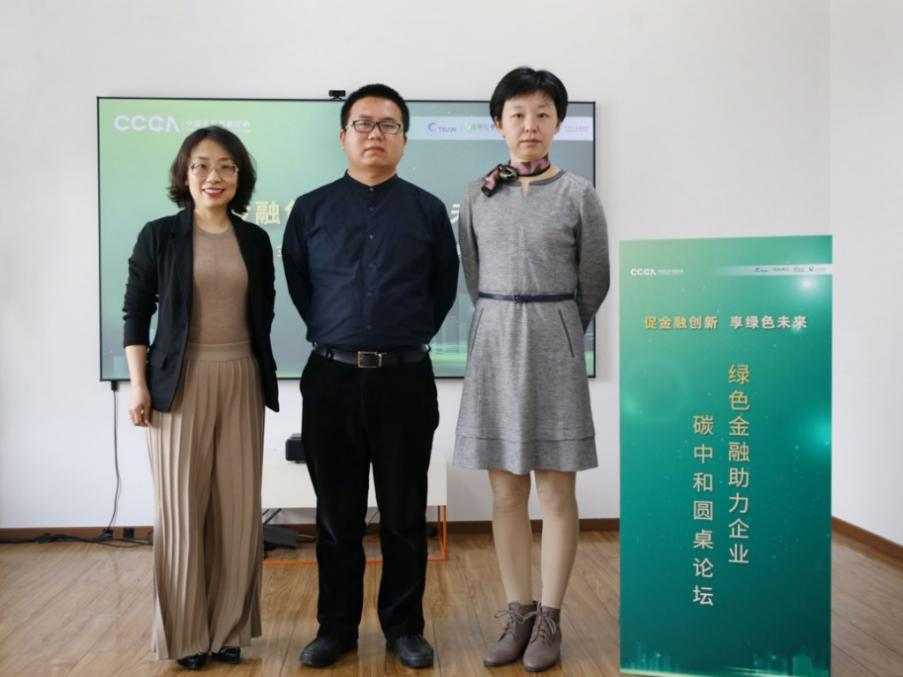
As the host of the forum, Zhang Bowen, deputy secretary general of SEE Conservation and SEE Foundation, said that in order to achieve the goal of carbon neutrality by 2060, China needs hundreds of trillions of green and low-carbon investment funds in various fields in the next 30 years, which will greatly promote the growth and innovation of the market of green financial products and services.
Ma Jun said that China is leading the world in green finance in terms of its development process and volume, with a set of supporting data: China's green loans balance has reached RMB 16 trillion, ranking first in the world. Over the past six years, China has issued nearly RMB 2 trillion of green bonds, ranking second in the world. Other financial products such as green stock index, green insurance and green fund are all undergoing rapid development. As for incentive policies, the carbon emission reduction support tools launched by the People's Bank of China in 2021 make financing much more convenient for green projects in new energy, industrial production and manufacturing and etc. As for local policies, the guarantee and discount system for green projects launched by the green finance reform and innovation pilot zones in nine areas from six provinces(region) have played a great role in guiding social capital into green industries and boosting the rapid growth of local green loans.
Guo Haifei, deputy director of the Green Innovation Office of the Investment Consulting Special Committee of the Investment Association of China and founder of Green Ranking, added that green bonds are at lower cost, with higher financing amount, and are more flexible in issuance and payment, compared with other bond instruments. China's green bond is experiencing sound development as a total of RMB 607.542 billion of green bonds were issued across China in 2021, a year-on-year increase of 172.58%. And there were 179 new issuers among all the newly issued bonds, which means that more and more enterprises raise funds with green bonds.
As a practitioner of green finance, Yu Hongyong, chairman of Poyang Lake Project Center of SEE Conservation, and Party secretary and chairman of Jiangxi Yumin Bank, said that Yumin Bank takes green bank as its development goal and has carried out extensive cooperation with scientific research institutes, commercial banks, consumer finance companies, and financial technology companies to let green finance serve local social and economic development through innovative digital and smart measures.
As representatives of the green industry, the entrepreneurs also shared their paths of using green finance to promote industrial development.
Qu Xiaohua, founder, chairman and CEO of Canadian Solar, and Xie Yuanjian, chief technology officer of Landsea and founding partner and vice president of Landleaf Tech, respectively shared the development history, green investment and financing activities of the photovoltaic industry and the green building industry.
Qu Xiaohua shared the experience of Canadian Solar in overseas green financing and corporate sustainability, saying that achieving carbon neutrality requires large-scale utilization of renewable energy, which is deeply attached to green finance. Canadian Solar has internalized ESG into every aspect of its corporate management and has achieved good performance, forming a benign interaction between corporate operation and green finance.
Xie Yuanjian believed that green building is one of the best ways to help building industry achieve the goals of carbon peak and carbon neutrality. In the whole life cycle of buildings, enterprises should increase their research and investment in green technologies, so as to create a new generation of sustainable green buildings that are both environment and user friendly.
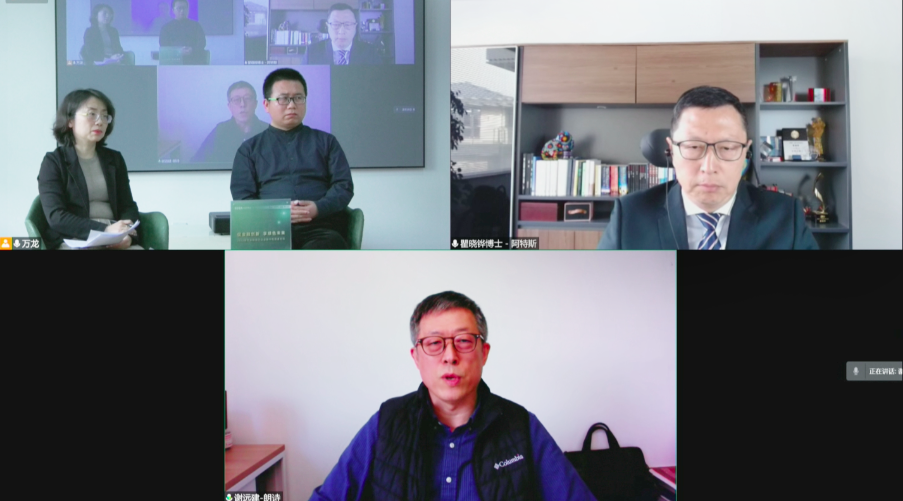
Dai Yibo, vice president of GoldenBee Consulting and expert in carbon and ESG from GoldenBee Think Tank, commented that a green-oriented transition is a long-term undertaking, and financial institutions and enterprises also have natural differences in their micro considerations though with the same macro goals of carbon peak and carbon neutrality. That’s why it is significant to strengthen mutual trust and exchanges between investment and financing parties, in order to balance the demands of various stakeholders of green finance. She noted that we should encourage various forms of discussions and dialogues and strengthen exchanges to produce new views from new perspectives, so as to promote the practice of green finance and goals of carbon peak and carbon neutrality in a more open and inclusive setting.
The round table forum was one of a series of exchange and empowerment activities held by China Business Climate Action. It was also a warm-up activity for the side event of the Chinese Corporate Pavilion of the 27th United Nations Climate Change Conference, which is to be held at the end of this year.
Best Practices
- The 100-year brand — Air Liquide also has a sense of juvenile
- Beijing Public Transportation Corporation: Developing green transportation to build a harmonious and livable capital
- CGN: Building a modern factory in barren deserts and developing a new win-win cooperation model along “Belt and Road”
Upcoming Event

All the materials on the site “Source: XXX (not from this site)” have been reprinted from other media. They do not imply the agreement by the site.
All the materials with “Source: CSR-China Website” are the copyright of CSR-China Website. None of them may be used in any form or by any means without permission from CSR-China Website.
GoldenBee Official WeChat
Copyright © Csr-china.net All Right Reserved.
京ICP备19010813号


